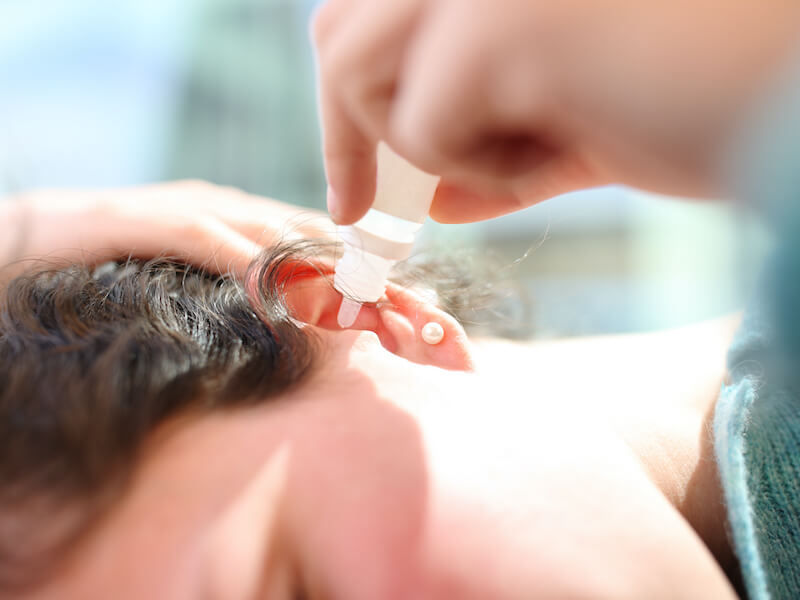
When you shower, always remember to wash your ears. Whenever you say that, you unavoidably use your “parent voice”. Perhaps when you were a child you even remember your parents telling you to do it. As you get wrapped up in past nostalgia, that kind of memory can take you back to simpler times.
But that advice can be rather helpful. Out-of-control earwax accumulation can cause a significant number of problems, particularly for your hearing. And on top of that, earwax can solidify inside your ear and become really hard to clean. Bottom line, you’ll be best off keeping those ears clear.
Excessive earwax? Eww!
We get it, earwax isn’t the most pleasing of substances. That’s an opinion that most individuals share. But it is actually important for the health of your ears. Created by specialized glands in your ear and churned outwards by the chewing motions of your jaw, earwax can help keep dirt and dust out of your ears.
In other words, the correct amount of earwax can help keep your ears healthy and clean. However counterintuitive it seems, the truth is that earwax itself isn’t a sign of poor hygiene.
An excessive amount of earwax is where the problem starts. And, understandably, it can sometimes be a bit difficult to tell when a healthy amount of earwax starts to outweigh its advantages (literally).
What is the impact of accumulated earwax?
So, what type of impact does excess earwax present? There are several issues that may develop as a result of out-of-control earwax or earwax that accumulates over time. Here are a few:
- Dizziness: Your inner ear is vital to your balance. You can suffer from bouts of dizziness and balance problems when your inner ear is having problems.
- Infection: Infections can be the consequence of excessive earwax. If fluid accumulates, it can get trapped behind plugged earwax.
- Tinnitus: When you hear ringing or buzzing that isn’t really there, you’re probably dealing with a condition known as tinnitus. Earwax accumulation can cause tinnitus symptoms to worsen or to emerge.
- Earache: One of the most common signs of accumulated earwax is an earache. It doesn’t have to hurt too much (though, in some cases it can). This is normally a result of the earwax producing pressure somewhere it shouldn’t.
This list is just the beginning. Headaches and discomfort can occur because of unchecked earwax accumulation. Excessive earwax can hinder the functionality of hearing aids. So too much earwax might make you think your hearing aids are having problems.
Can earwax affect your hearing?
Well, yes it can. Hearing loss is one of the most prevalent issues linked to excess earwax. Normally producing a kind of conductive hearing loss, earwax builds up in the ear canal, preventing sound waves and vibrations from getting in. Your hearing will typically return to normal after the wax is cleaned out.
But if the accumulation becomes extreme, permanent damage can develop. The same is true of earwax-caused tinnitus. It’s usually temporary. But the longer the excess earwax hangs around (that is, the longer you ignore the symptoms), the bigger the risk of long-term damage.
Prevention, treatment, or both?
It’s a good idea to keep track of your earwax if you want to protect your hearing. In many cases, earwax accumulation is caused not by excessive production but by improper cleaning (a cotton swab, for example, will frequently compress the earwax in your ear instead of removing it, eventually leading to a blockage).
It will often call for professional removal of the wax that has become hardened to the point that you can’t get rid of it. You’ll be able to start hearing again after you get that treatment and then you can start over, cleaning your ears the correct way.
References
https://my.clevelandclinic.org/health/diseases/14428-ear-wax-buildup–blockage